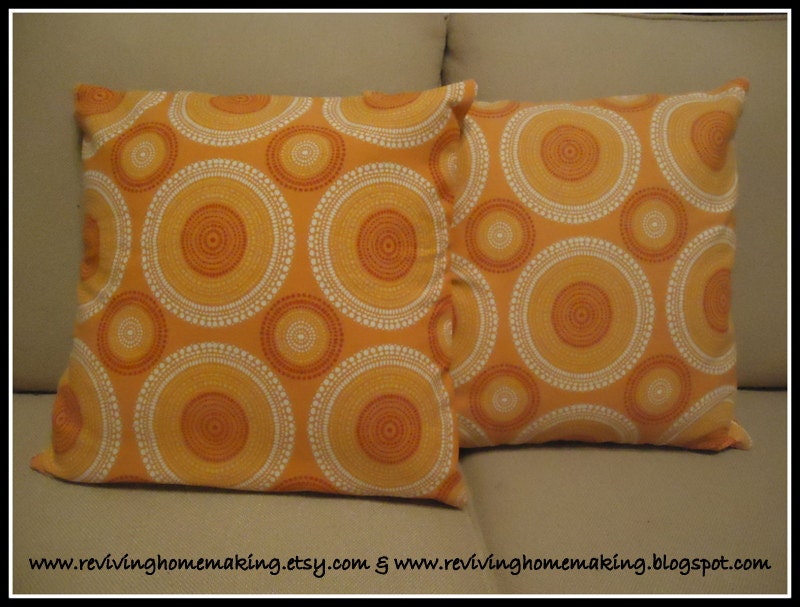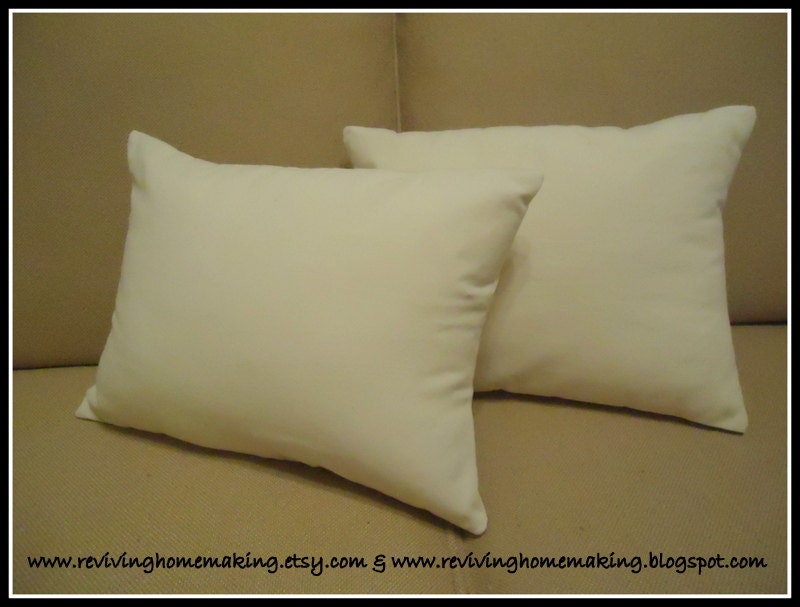Yogurt is a staple
in our home. We use it in snacks, smoothies, breakfast parfaits, and as an
ingredient substitution. There are many nutritional benefits to eating yogurt. When
comprised of only the two basic components of milk and yogurt starter, you’re
getting the nutritional offering of the milk plus the good bacteria found in
the yogurt. Yogurt purchased in the stores is often times loaded with
preservatives and sugars. There is also the issue of purchasing and throwing
away all those plastic cups. My husband and I have since learned how to make a
large batch of yogurt for a fraction of the cost. We initially used a
slow-cooker method. My slow-cooker tended to get hotter in certain places and
would scorch the milk leaving a mess of the milk and pot. So, we moved on from
this method to the stovetop method. It does take some time to make yogurt at
home. It probably takes me an hour from start to putting it away to culture,
but I’m not standing over the pot the entire time. Now, let me show you why it
may be worth finding an hour each week:
Cost to
Purchase Ingredients: $4.73
Milk:
$3.39/gallon & Yogurt starter: $1.34/6oz
Per Batch
Cost: $1.07
Milk:
$0.85/quart
Yogurt
starter: $0.22/oz/2T
Purchased
Yogurt: $1.34/6oz container
Unit cost
Homemade:
$0.03/oz
Purchased:
$0.22/oz
In summary,
we make one quart of yogurt for $1.07! If we purchased the near equivalent in
6oz cups we would need to buy 5-6 packages (@$1.34 each) which would total
$6.70-8.04! I don’t know about you, but that’s a big difference for my grocery
budget!
I've found
that the key to regularly including certain homemade foods is to make them part
of your weekly routine. Pick a day of the week and make a particular food item
that day. Keeping granola, breads, and yogurt on hand is much easier when I
make making those items a part of life instead of setting aside life to make
them. For instance, my hubby makes all our breads for the week on Sundays (he
is amazing at making breads). Finding time to do yogurt
is similar.
The first order of business is to sterilize your jar and lid. Simply place your jar and lid in the larger pot with water and heat to a boil. Allow to boil for a bit and then remove to a towel to cool.
 |
| The next day, you have a quart of cultured yogurt! If you would like you can strain the yogurt at this point to have thicker, Greek-style yogurt with leftover whey or you can leave it as is. Sometimes I strain mine and sometimes I don't. If I'm going to be making a batch of granola then I might strain it to have whey to soak the oats.
Uses:
We currently use yogurt in making breakfast parfaits, smoothies (freeze the yogurt in cubes for a better smoothie result), snacks (add a spoonful of fruit preserves or fresh fruit for flavors), and as a partial mayonnaise substitution. My husband detests mayo. so I use half mayo and half yogurt in any recipe that calls for mayo.
Using yogurt as a substitution is also a good way to make the grocery budget stretch as it's cost is usually much less than the ingredient it's replacing. You can actually use yogurt in specific proportions in place of butter, oil, sour cream, mayonnaise, cream cheese, and buttermilk! Chobani's website has a lovely infograph conversion table of these substitutions.
*Note: Reviving Homemaking is not an affiliate of Chobani and has not been asked or persuaded in anyway to promote this brand. It's simply a brand that I have been pleased with in my own experience, and therefore wish to share with others.
Linked up at:
-*-*-*-*-*-*-*-*-*-*-*-*-*-*-*-*-*-*-*-*-*-*-*-*-*-*-*-
Visit the Reviving Homemaking Etsy Shop!
|































